The Gallery will be open until 9pm this Friday, Saturday and Sunday.
William Hill (1826–1869), Wesleyan minister, is thought to have spent time as a missionary in India before coming to Victoria around 1854. He worked in Melbourne, Castlemaine, Ballarat and Sandhurst (Bendigo) before becoming superintendent of the Collingwood circuit, in which role he attended to the spiritual needs of prisoners at Pentridge Gaol. While engaged in one such visit in May 1869, Hill was murdered by an inmate, James Ritson. Ritson had been convicted of shooting with intent to murder in October 1868 and was serving the first stage of a life sentence under what was known as the ‘Separate’ or ‘Silent system’, whereby prisoners were kept in complete isolation and sensory deprivation. They weren’t supposed to speak, wore masks during their minimal periods of exercise, were allowed to read only the Bible and were permitted no visitors other than religious advisers. Hill had refused as usual to be accompanied by a warder and on entering Ritson’s cell, ‘in accordance with usage, the door was closed and locked, the minister and the prisoner being left together.’ When the cell door was opened some time later, Hill ‘was just breathing his last, and the wretched murderer, as if horrorstruck at his own deed, crouched in the further corner of the cell.’ It was later established that Ritson had killed Hill by striking him with ‘a portion of the ironwork of his stretcher’, purportedly because being hanged for murder was preferable to life in prison. The Argus reported that ‘there is no evidence to lead us to suppose that he entertained any feeling of hatred to his victim.’
Photographer Charles Wherrett worked in Hobart in the 1850s and in Castlemaine and Bendigo from around 1862. His carte de visite of Reverend Hill was one of a number of commemorative items issued in the weeks immediately following the clergyman’s murder, some of which were sold to raise funds for the education and care of Hill’s five children. Lithographers E Whitehead & Co, for example, advertised a ‘lithographic tinted portrait of the late Rev. William Hill (large size) … No pains will be spared to make this a faithful likeness’, and the Illustrated Australian News published an engraved portrait of Hill based on a photo by Frederick Frith. Another publisher offered ‘photographs of the late Reverend William Hill, mounted on memorial cards’ for two shillings each, and in July 1869 the Ballarat Star reported on the publication of ‘a neat little volume [containing] a selection of sermons by the deceased gentleman, and a sketch of his life and character.’ ‘As the proceeds of the sale are to be for the benefit of Mr Hill’s orphan children … no doubt it will have a very large circulation’, the report stated. James Ritson, meanwhile, faced trial for Hill’s murder. Found guilty, he was hanged at Melbourne Gaol on 3 August 1869, by which time there was a waxwork of ‘the Terrible Scene of Ritson destroying his Rev. Victim, with Authenticated Likenesses’ on display in Bourke Street.
Collection: National Portrait Gallery
Purchased 2010



On one level The Companion talks about the most famous and frontline Australians, but on another it tells us about ourselves.
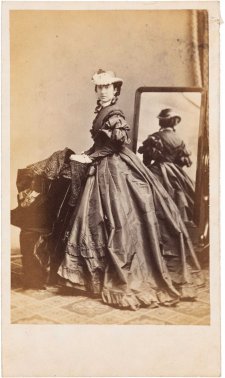
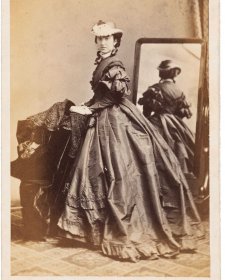
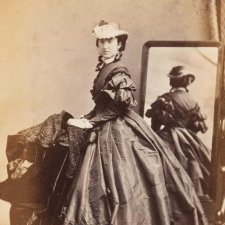
Drawn from the NPG’s burgeoning collection of cartes de visite, Carte-o-mania! celebrates the wit, style and substance of the pocket-sized portraits that were taken and collected like crazy in post-goldrush Australia.
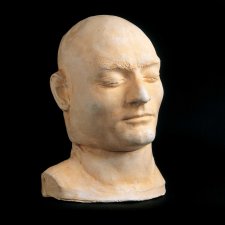
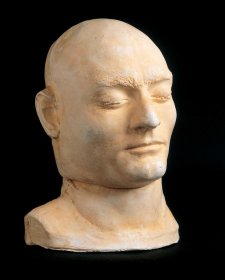
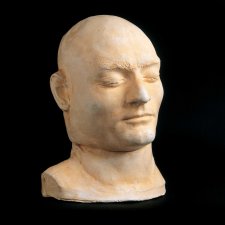
Death masks, post-mortem drawings and other spooky and disquieting portraits... Come and see how portraits of infamous Australians were used in the 19th century.